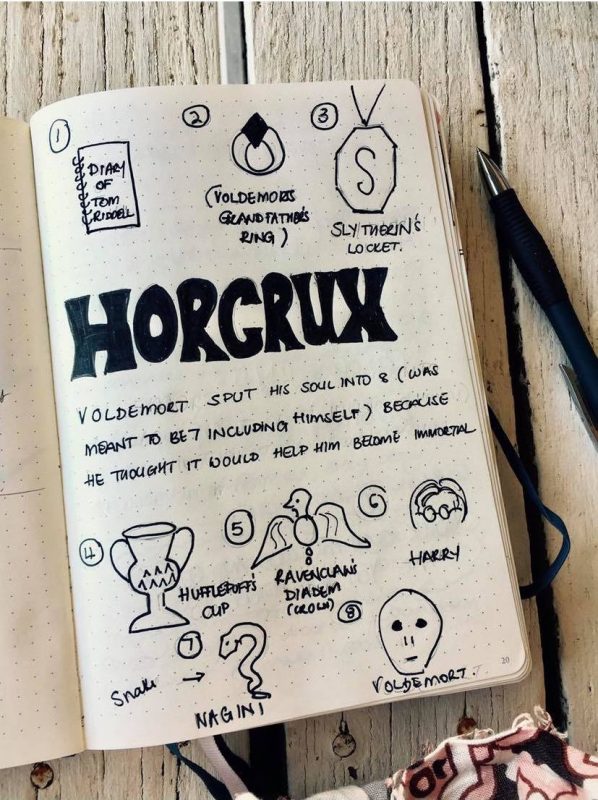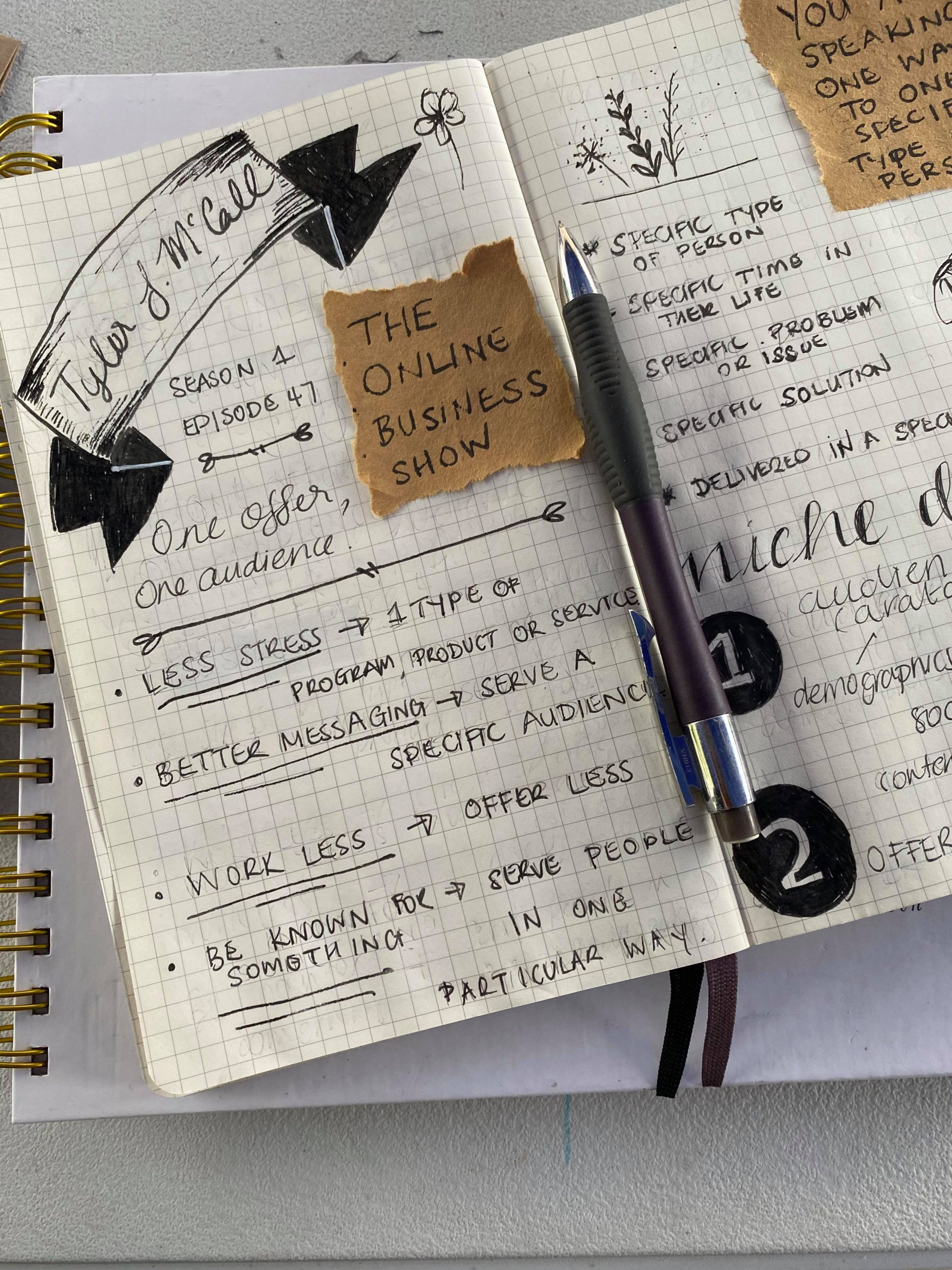WHAT IS SKETCHNOTING ?
Sketchnoting is a note-taking method that combines words, doodles, and symbols to create a visual representation of information. Unlike traditional note taking, sketchnoting encourages creativity and helps you to focus on the main points of what is being said.
Sketchnoting is a process of drawing and writing on paper to help you better understand and remember information, and is a great way to capture your thoughts and ideas. Sketchnoting can be used for everything from taking study and research notes, recording a brainstorm session, or capturing your travel experiences.

WHAT IS THE INCITED MEDIA SKETCHNOTING PROCESS?
Sketchnoting is a term coined by Mike Rohde to describe the process he used for taking notes, which is combining graphics with text. While Rohde says his sketchnotes are about ideas and not art, many other well-known sketchnoters are brilliant illustrators who use more graphics than text.
My process is different. My sketchnotes are heavy on text and I use different lettering styles and sizes for emphasis to capture everything that inspires and excites me. My notes are generally messy, and I add printed images, random doodles, washi tape, and other mixed media techniques to make them a little more aesthetically pleasing. Because I am not a great drawer, this process is what works for me.
Now, you may be thinking that sketchnoting sounds like a lot of effort. However, the process is also my creative outlet, because it is therapeutic, calming, and fun. Furthermore, it keeps me inspired and excited (incited) about my self-education, and I retain more information because I have to focus on what I am learning.
I love reading back through my sketchnotes. My notes and brainstorms become my learning blueprint, and a way to document my progress. Sketchnoting has become a powerful tool to help me cultivate my genius, and a creative way to share what I know with the world.

HOW DID THE INCITED MEDIA SKETCHNOTING PROCESS START?
I developed the process while homeschooling my daughter, Avah, who is dyslexic. Instead of reading and writing pages and pages of text, we used photos, sketchnotes (doodles and lettering), different textures and materials, newspaper/ magazine clippings, and stickers to create a visual representation of what she was learning.
We turned a plain, old notebook into her incited media journal for research, projects, visual essays, book reviews, and as her personal diary. Not only did the process help her learn, it was also lots of fun, aesthetically pleasing, and quite therapeutic and calming. It also gave us a creative outlet, which was great because we felt we had no artistic talent at all.
I loved the process so much, I use it for my self-education and self-inspiration. Planning, brainstorming and documenting my learning journey also helps me to create a time capsule to review and reflect on.
In fact, all of my professional development work as a media manager is done using the Incited Media Sketchnoting Process. I design vision and mood boards, take research notes from books and podcasts, and document the evolution and progress of my experience, skills, knowledge and interests (ESKI) all in my journal. I freaking love it.

TIPS FOR CREATING YOUR OWN INCITED MEDIA NOTEBOOK
1) Use any notebook you like. Some people like blank pages, others like lines or a dot grid layout. Me? I prefer a graph paper grid journal. Sometimes, I will use my wire board or a clipboard, too.
2) Give yourself room. I find the bullet journal method and traditional planners too restrictive. I need room for doodles, brainstorming, and brain dumping. So, rather than preparing your pages in advance, use as much room as you like before you move on to the next day, month, or topic.
3) Start a media file. As you read papers or magazines, cut out relevant headlines or pictures and keep them in an envelope or file. I also keep scraps of craft paper, doodles I’ve done, and photos, too.
4) Use whatever materials or techniques you like. It really is all about making your journal something you enjoy using and looking back over to make you feel inspired and excited (incited). Seek inspiration by looking on Pinterest and Instagram, and have fun creating your own style.